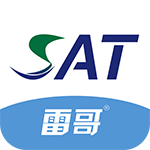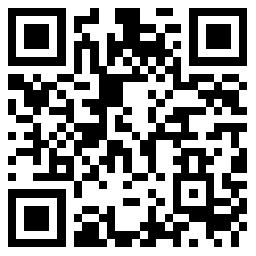雷哥考研 > 题库 > 2020年管理类联考11月公益模考英语(二)测试卷 > 阅读理解A
Text 1
Unlike our earth, the moon doesn't have tectonic plates. Instead, as the moon's interior has cooled over the last several hundred million years, it has caused the surface to wrinkle as it shrinks. Differing from the flexible skin of a grape when it shrinks into a raisin, the moon's brittle crust breaks. This creates stair-step cliffs called thrust faults as part of the crust is pushed up and over another close part of the crust.
There are now thousands of cliffs scattered across the moon's surface. The orbiter has taken photos of over 3,500 of them since 2009. In 1972, Apollo 17 astronauts Eugene Cernan and Harrison Schmitt had to ascend one of these cliffs by zig-zagging the lunar rover over it.Today the moon is 50 meters "skinnier" because of this process. And as it shrinks, the moon actively produces moonquakes along the faults. Researchers re-analyzed seismic data they gained from the moon to compare with the images gathered by the orbiter. The study of Apollo seismic data finds that the Apollo seismometers recorded the moon shrinking, the researchers said. And they believe the quakes are still occurring on the moon.
"Our analysis gives the first evidence that these faults are still active and likely producing so-called moonquakes" said Thomas Watters, senior scientist in the Center for Earth and Planetary Studies at the Smithsonian's National Air and Space Museum in Washington. "Some of these quakes can be fairly strong." Some of the quakes also happened during a point in the moon's orbit when it was farthest from Earth, indicating that the tidal stress of Earth's gravity could have contributed to stress on the moon's crust.
"For me, these findings emphasize that we should visit the moon again," said Schmerr, study author and assistant professor of geology at the University of Maryland. "We learned a lot from the Apollo missions, but they really only scratched the surface. With a larger network of modern seismometers, we could make huge strides in our understanding of the moon's geology. This provides some very promising low-hanging fruit for science on a future mission to the moon."
"Establishing a new network of seismometers on the lunar surface should be a priority for human exploration of the Moon, both to learn more about the Moon's interior and to determine how much of a hazard moonquakes present," said Renee Weber, a planetary seismologist at NASA's Marshall Space Flight Center, in a statement.
24. Schemerr at the University of Maryland pointed that ______.
- 雷哥网解析
- 网友解析
24. 细节题。
【答案】C
题干:来自马里兰大学地质学系助理教授施梅尔指出 _____.
A. data from Apollo was too limited to help us with deeper researches. 阿波罗提供的数据太有限而无助于深入研究
B. there exists a long journey before landing on the moon. 人类登月还需要时日
C. new technological devices could promote our researches on the moon. 新的科学技术设备能加快对月球的研究
D. Apollo only get data about the surface of the moon . 阿波罗仅仅收集了关于月表的一些数据
【解析】根据题干关键词定位到原文第四段。根据原文“With a larger network of modern seismometers, we could make huge strides in our understanding of the moon's geology.”可知:network of modern seismometers 与new technological devices对应,promote与huge stride对应,因此选项C与之对应,正确。
题目讨论 (1条评论)

提交
-
576020t
好难 错了好多次了
 0
0
 0
回复
2021-09-24 17:23:31
0
回复
2021-09-24 17:23:31
















 预约成功!
预约成功!
















